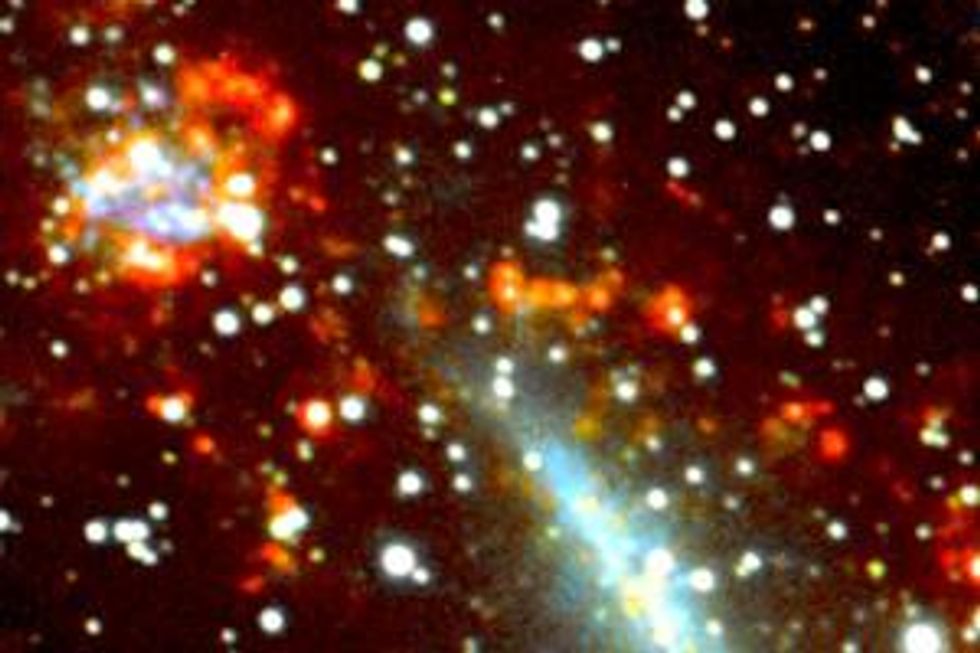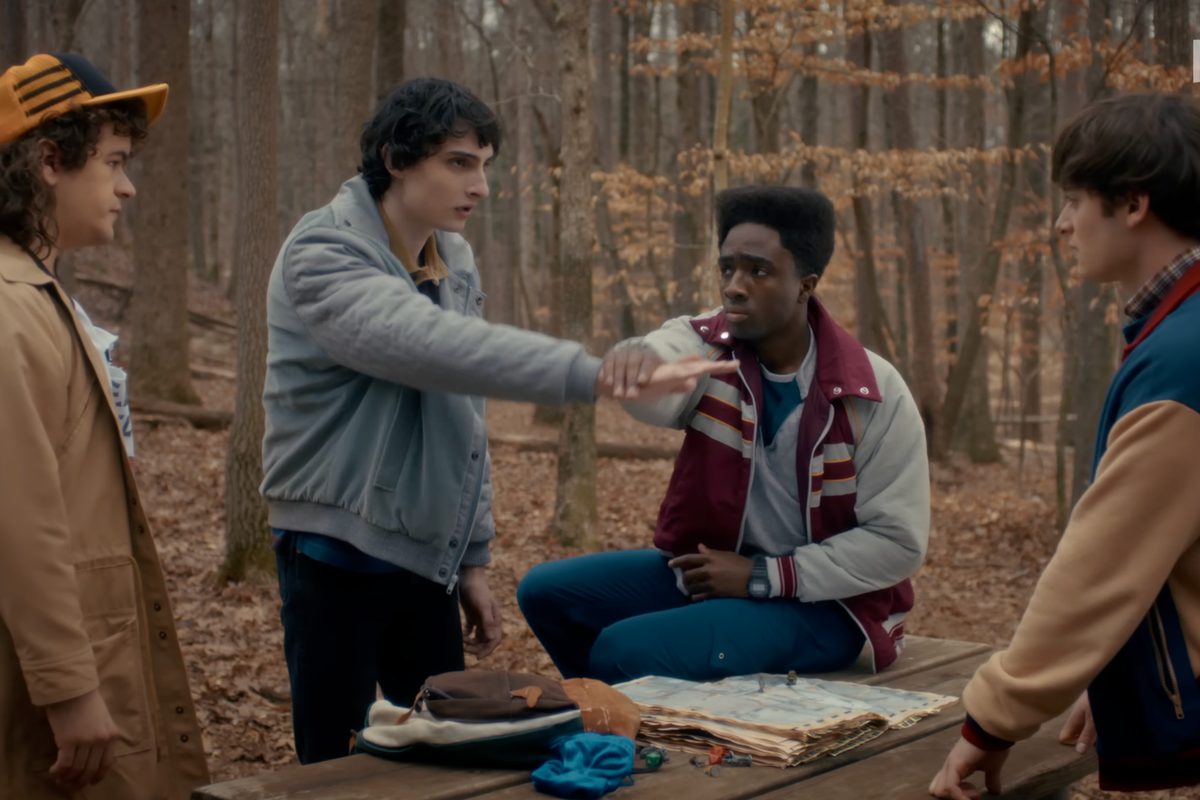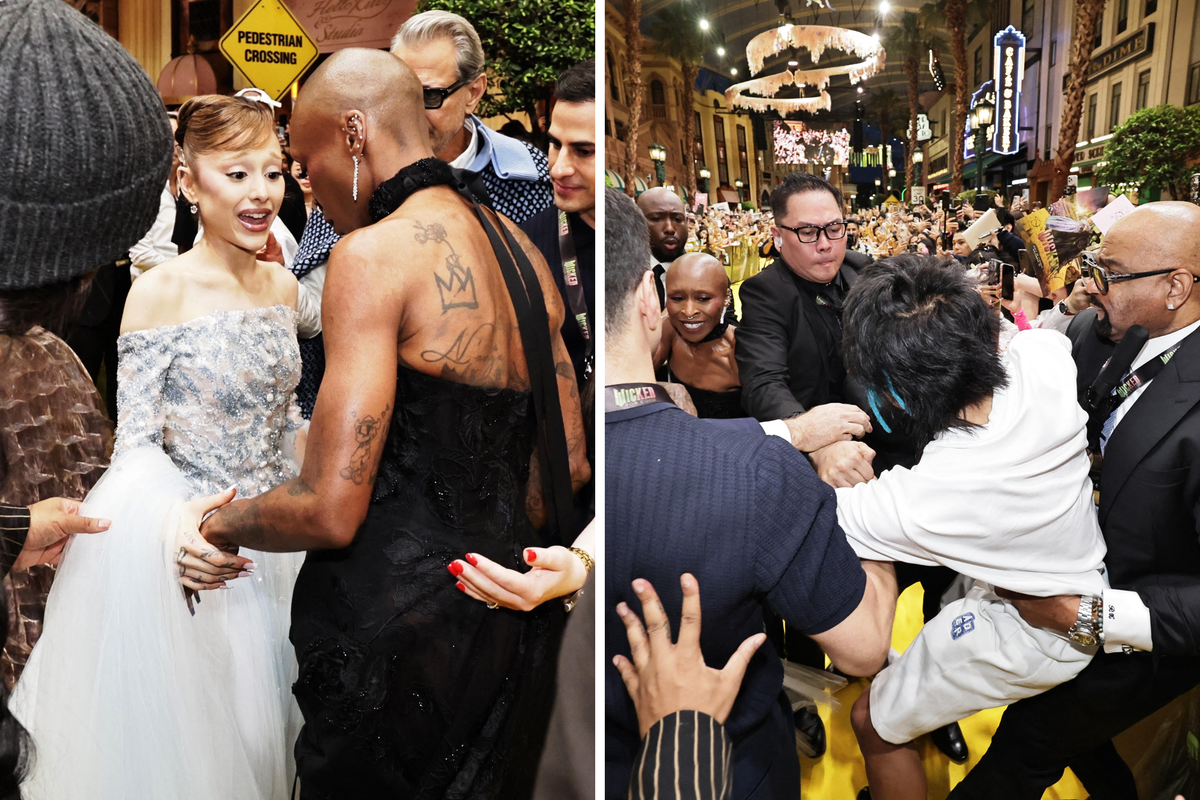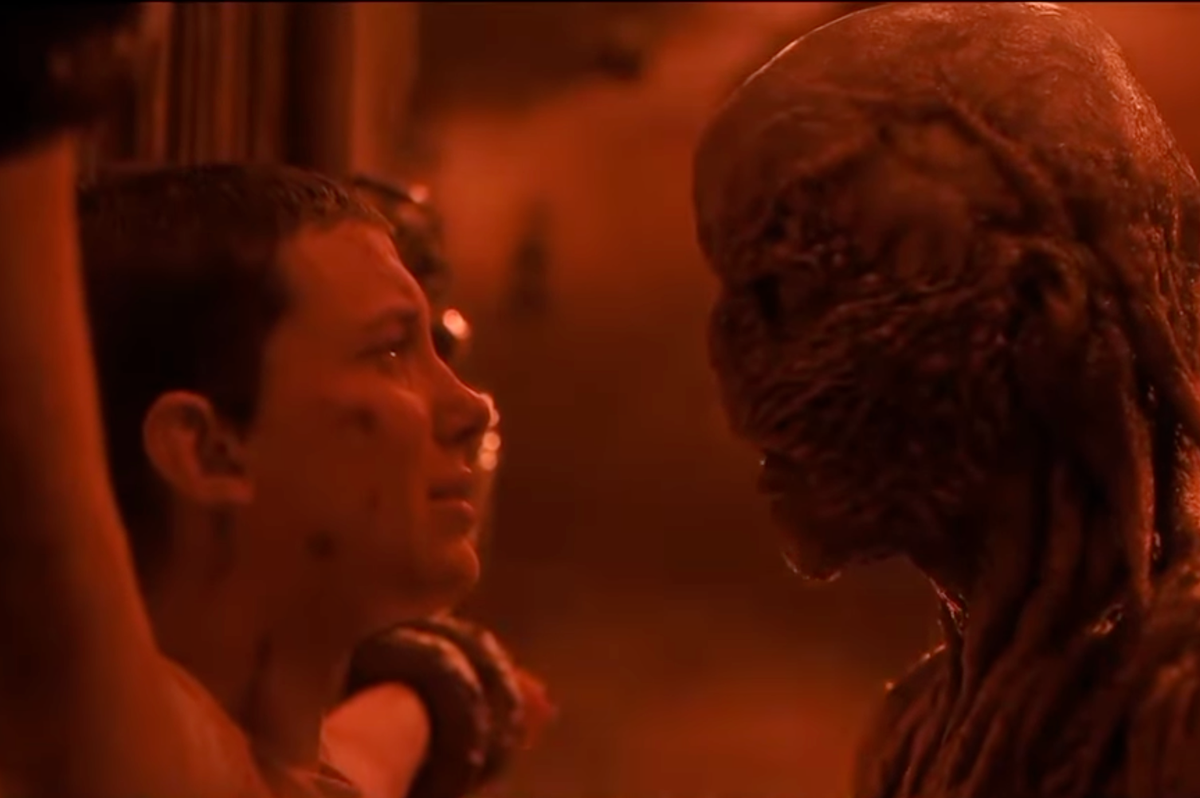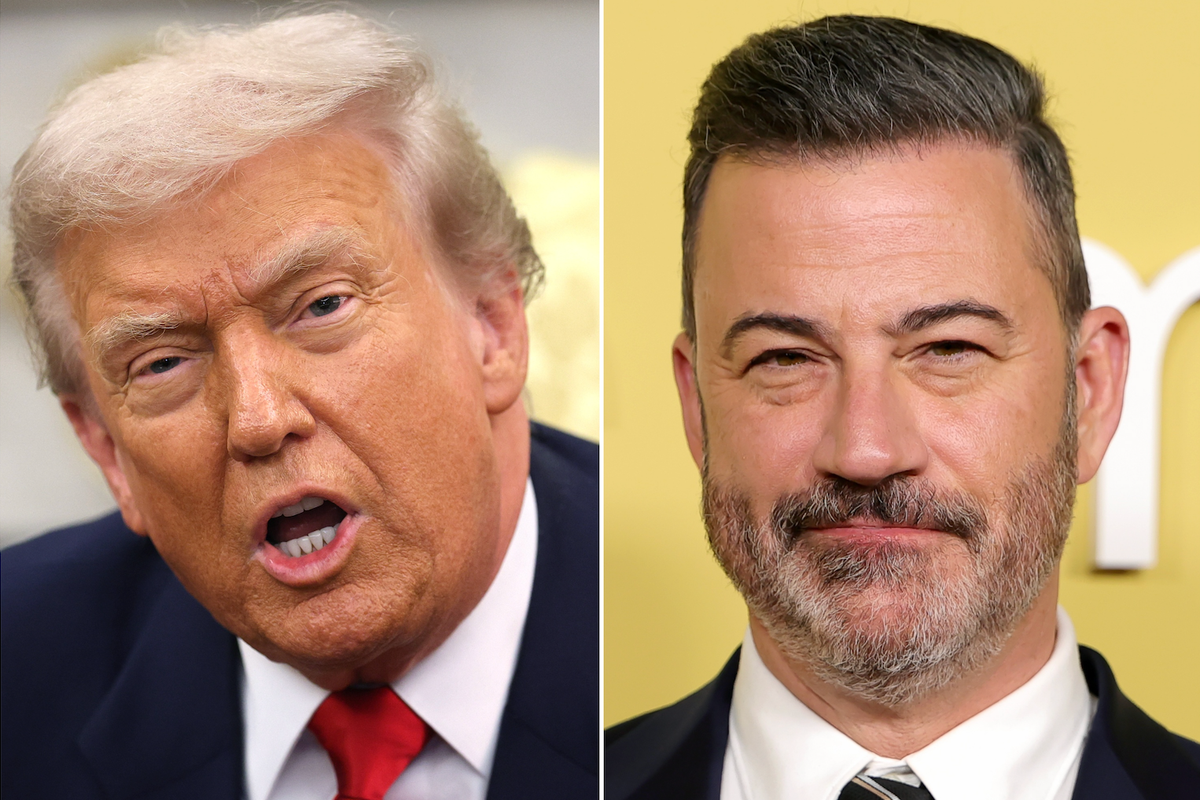Science & Tech
Louis Dor
Aug 18, 2015
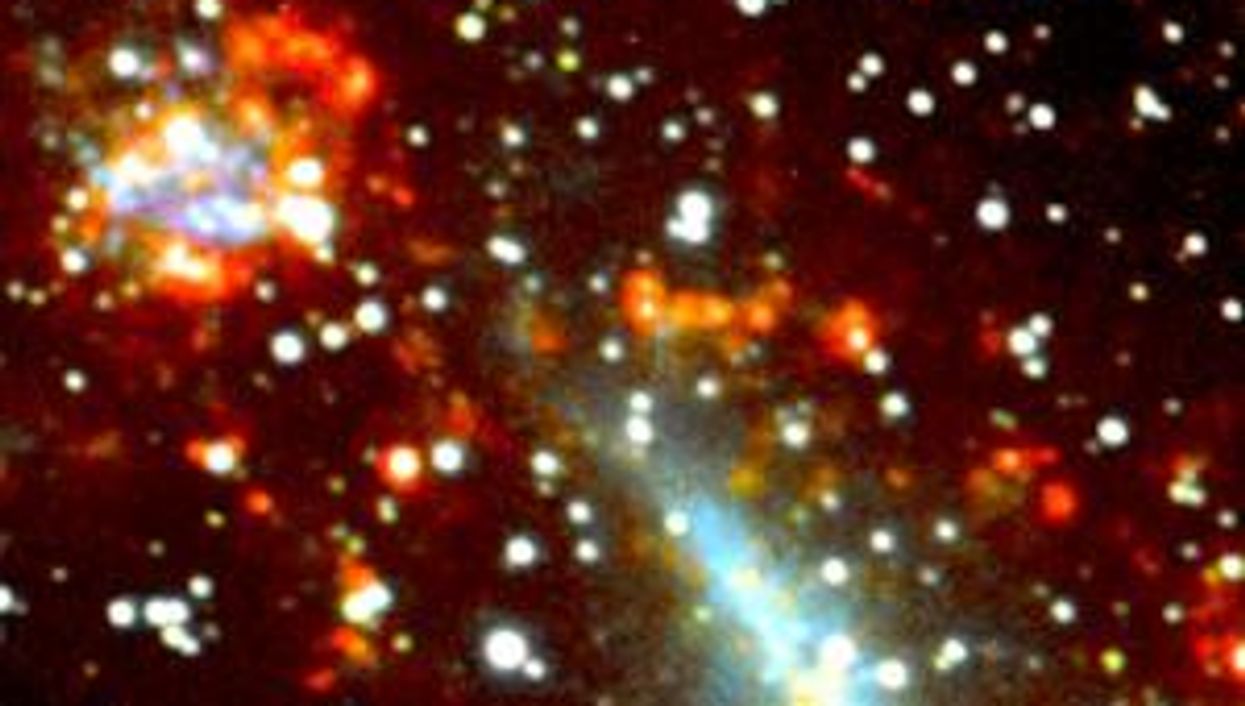
The closest incident ever observed of two galaxies colliding has been discovered by academics.
Two small star systems are slamming into each other in what is known as a ‘bull’s-eye’ collision, 30 million light years away from Earth.
This is what it looks like:
Galaxies grow through collisions but it is rare to see a bull’s-eye collision in progress.
Shock-waves from the impact compress pockets of gas in each galaxy, which results in the formation of new stars.
This collision, observed by academics from the University of Manchester and the University of Hong Kong, has been described as “lighting up the system like a Catherine wheel on bonfire night".
The results of the observation have been published in Monthly Notices of the Royal Astronomical Society.
The system has been dubbed “Kathryn’s wheel” after the firework it resembles and after Kathryn Zijlstra, who is married to Professor Albert Zijlstra, one of the lead astronomers.
Professor Zijlstra said:
This is a very exciting find because it will allow astronomers to study how collisions cause star formation, how long the collision takes, and what types of stars form.
It is not often that you get to name any objects in the sky. But I think Kathryn’s Wheel is particularly fitting, resembling as it does a firework and continuing the tradition of naming objects after loved ones.
Not only is this system visually stunning, but it’s close enough to be an ideal target for detailed study. The ring is also quite low in mass – a few thousand million Suns or less than 1% of the Milky Way – so our discovery shows that collision rings can form around much smaller galaxies than we thought.
Top 100
The Conversation (0)
